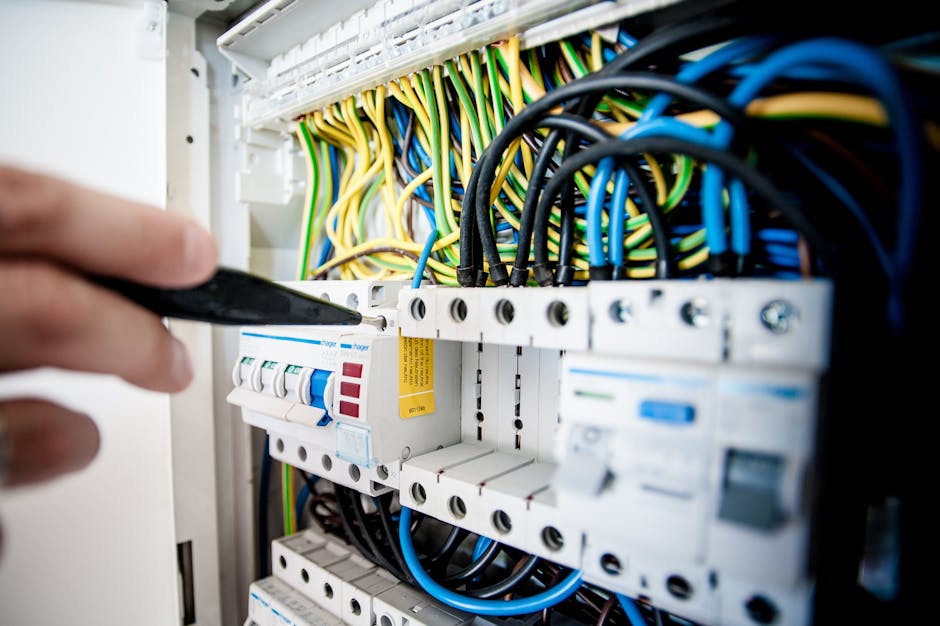6G Rollout: A Pragmatic Approach to the Next Generation of Connectivity

The telecom industry is taking a decidedly more pragmatic and cost-effective approach to the rollout of 6G, learning valuable lessons from the challenges faced during the global deployment of 5G. A report by ABI Research and InterDigital highlights the importance of the 3rd Generation Partnership Project’s (3GPP) Release 20, which acts as a bridge between the final phase of 5G and the foundational principles of 6G. Commercial deployments of this next-generation network are anticipated post-2030, with a strong emphasis on minimising complexities and ensuring a clear return on investment from the start.
Redefining Network Deployments: Lessons Learned from 5G

Pexels
The transition to 5G brought about significant technological advancements but not without its share of hurdles. The deployment strategy, which divided the rollout into Non-Standalone (NSA) and Standalone (SA) phases, unintentionally created delays and complications. Essential features like network slicing, crucial to advanced 5G applications, suffered due to this segmented approach. With 6G, the industry is setting its sights on simplified deployments, avoiding the “build it and they will come” mindset that left many 5G use cases commercially underwhelming.
Instead, 6G development is grounded in addressing real-world operator needs, taking into account the practical challenges of deployment and ensuring monetisation opportunities. This deliberate and operator-focused approach promises to make the transition to 6G smoother and more valuable for all stakeholders involved.
3GPP Release 20: Bridging Two Generations

Pexels
At the heart of the 6G evolution lies 3GPP Release 20, a technological milestone expected to be frozen by 2027. This release carries a dual purpose: it aims to finalise 5G-Advanced by enhancing the performance of existing networks while providing the foundational framework for 6G innovation. The Release will incorporate advanced capabilities such as Integrated Sensing and Communication (ISAC) and AI-native radio access networks, ensuring a more resilient, efficient, and forward-looking connectivity landscape.
The effort behind 6G is also uniquely inclusive, with contributions from a more diverse group of stakeholders than its predecessor. Leading tech companies, including Apple, Google, NVIDIA, and Siemens, are collaborating with traditional telecom operators and vendors to shape a unified vision. Such cross-industry alliances aim to ensure 6G meets global demands while fostering technological inclusivity and innovation.
The Next Generation: Simplification and New Horizons

Pexels
A critical design goal for 6G is simplification. Industry leaders are working toward a scalable air interface that supports a diverse range of devices, from low-power IoT sensors to high-performance wearables, from the outset. This streamlined approach contrasts with the complex configurations seen in 5G. Deployed alongside existing 5G frequency bands, a new upper mid-band, FR3 (7-24 GHz), will grant operators greater flexibility during the transition while safeguarding the quality of 5G services.
Moreover, 6G is set to revolutionise the network ecosystem through AI-native capabilities and Integrated Sensing and Communication (ISAC). AI will serve as the control logic for automation, enabling zero-touch provisioning and full autonomy across both the Radio Access Network (RAN) and the core. ISAC, meanwhile, will allow networks to act as sensors, with potential applications spanning from healthcare innovations like fall detection to enhanced security systems.
Consumer and Industry Benefits of 6G

Pexels
For consumers, 6G promises tangible benefits such as longer smartphone battery life, higher processing efficiency, and the ability to run power-intensive mobile AI applications seamlessly. Enhanced connectivity will also enable transformative experiences like holographic communication and immersive Extended Reality (XR), heralding a new era for media consumption and digital interaction.
Industries stand to gain as well, particularly in IoT, automotive, and consumer electronics. With support for ten times the connected devices as 5G, 6G will empower smart cities, autonomous vehicles, and cloud-connected wearables. By leveraging its ultra-reliable and low-latency network structure, 6G will unlock innovative possibilities for everything from in-car experiences to manufacturing automation, ensuring its reach extends across all sectors.
The journey to 6G is being meticulously mapped. The International Telecommunication Union (ITU) has laid the groundwork with its vision for IMT-2030, while the 3GPP will establish the technical standards through ongoing collaborative efforts. By the time 6G arrives, likely during the 2030s, it aims to set a new benchmark as a unified, efficient, and commercially viable platform for global connectivity and innovation.
